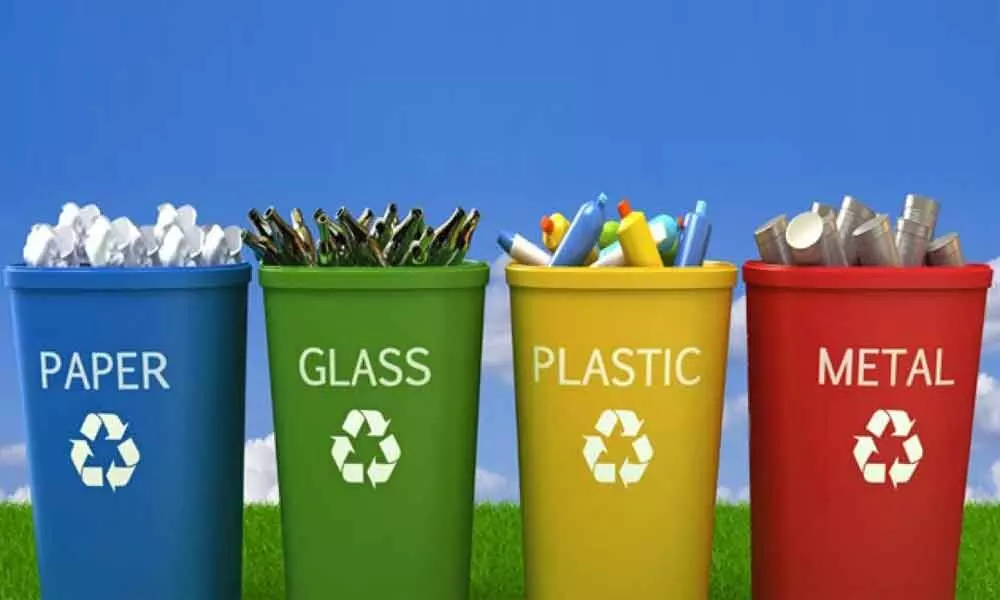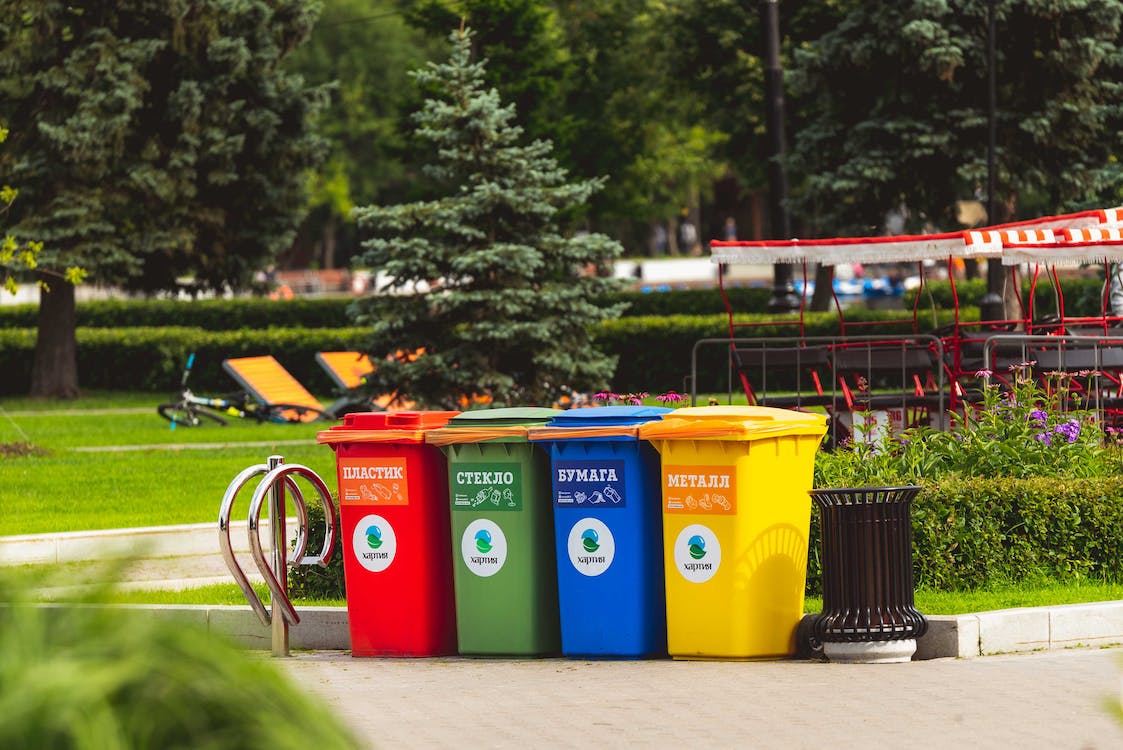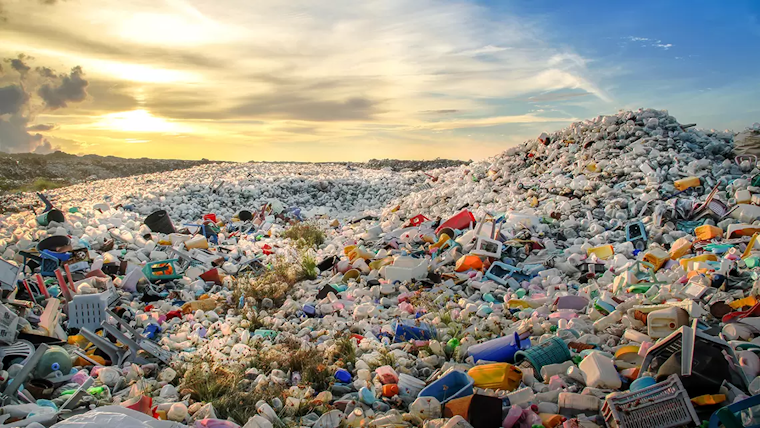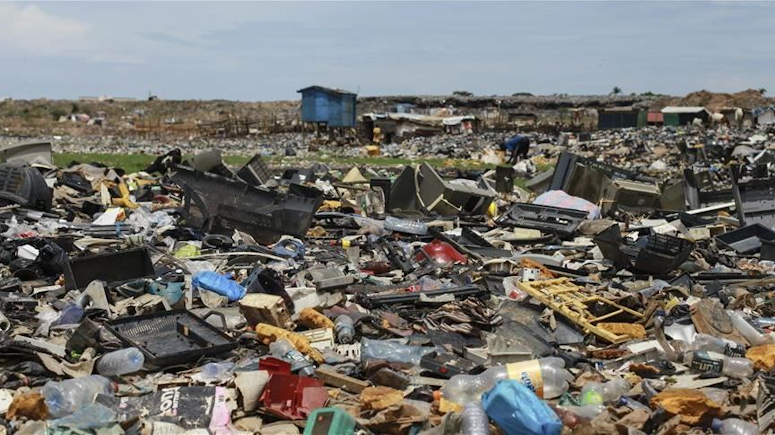Solid waste management is the process of collecting, treating, disposing of, and monitoring waste materials generated by human activities. It is an essential practice that helps protect public health, the environment, and natural resources. The management of solid waste is a complex and multi-faceted process that involves several stages, including generation, collection, transportation, treatment, and disposal. In this article, we will discuss the various aspects of solid waste management.
1. Waste generation
Waste generation is the first stage of the solid waste management process. It involves the production of waste materials from various human activities, such as domestic, commercial, and industrial activities. The amount and type of waste generated depend on several factors, such as population density, economic activities, and lifestyles. Waste materials can be classified into several categories, including organic waste, paper and cardboard, plastics, glass, metals, and hazardous waste.
2. Waste collection
Waste collection is the process of collecting waste materials from various sources, such as households, commercial establishments, and industrial facilities. The collection system can be either a door-to-door collection system or a centralized collection system. In a door-to-door collection system, waste is collected directly from individual households or commercial establishments, while in a centralized collection system, waste is collected from designated collection points.
The collection process can be carried out manually or using mechanized equipment, such as garbage trucks. The collected waste is then transported to the treatment and disposal facilities.
3. Waste transportation
Waste transportation is the process of moving waste materials from the collection point to the treatment and disposal facilities. The transportation process can be carried out using various modes of transport, such as trucks, trains, and barges. The choice of transportation mode depends on several factors, such as the distance to the treatment and disposal facilities, the volume and type of waste, and the availability of infrastructure.
The transportation of waste materials should be done in a manner that ensures the safety of the environment and the public. It is essential to follow proper transportation guidelines and regulations to prevent accidents and spills.
4. Waste treatment
Waste treatment is the process of converting waste materials into less harmful or non-harmful substances. The treatment process can be either biological, physical, or chemical. The choice of treatment process depends on the type and characteristics of the waste materials.
Biological treatment involves the use of microorganisms to break down organic waste materials, such as food waste and yard waste, into compost or biogas. Physical treatment involves the use of mechanical processes, such as shredding, grinding, and compacting, to reduce the volume of waste materials. Chemical treatment involves the use of chemicals, such as acids and oxidizing agents, to break down hazardous waste materials, such as batteries and electronic waste.
5. Waste disposal
Waste disposal is the final stage of the solid waste management process. It involves the safe and environmentally sound disposal of waste materials that cannot be recycled or reused. The disposal process can be either landfilling or incineration.
Landfilling involves burying waste materials in designated landfills, where they are covered with soil to prevent environmental pollution. Landfills should be constructed and managed in a manner that minimizes environmental impacts, such as groundwater contamination and air pollution.
Incineration involves burning waste materials at high temperatures to convert them into ash and gases. Incineration is a more expensive and energy-intensive process than landfilling. It also produces air pollutants, such as dioxins and furans, which can be harmful to human health and the environment.
6. Recycling and reuse
Recycling and reuse are essential components of the solid waste management process. Recycling involves converting waste materials into new products, while reuse involves using waste materials for the same or similar purposes.
Recycling and reuse help reduce the volume of waste materials that end up in landfills or incinerators, thereby conserving natural resources, reducing energy consumption, and mitigating environmental pollution. Recycling and reuse can be applied to several waste materials, such as paper and cardboard, plastics, glass, metals, and electronic waste.
The recycling process involves several stages, such as collection, sorting, processing, and manufacturing. The collected waste materials are sorted into different categories based on their type and characteristics. The sorted waste materials are then processed into raw materials that can be used for manufacturing new products. The manufacturing process involves converting the raw materials into finished products, such as paper, plastic containers, glass bottles, and metal cans.
Reuse involves using waste materials for the same or similar purposes. For example, used plastic bags can be reused as garbage bags, and old clothes can be donated to charity organizations. Reuse helps extend the life of products and reduce the demand for new products, thereby conserving natural resources and reducing environmental impacts.
7. Hazardous waste management
Hazardous waste is waste that poses a significant risk to human health and the environment. Hazardous waste can be generated from various sources, such as industrial processes, hospitals, laboratories, and households. Hazardous waste materials include chemicals, solvents, pesticides, batteries, and electronic waste.
The management of hazardous waste requires special attention and expertise. Hazardous waste materials should be handled, transported, and disposed of in a manner that prevents exposure to humans and the environment. Hazardous waste should be stored in designated containers and facilities that meet safety standards and regulations. Hazardous waste should be treated and disposed of in specialized facilities that can safely handle and neutralize the waste materials.
8. Waste reduction and prevention
Waste reduction and prevention are essential components of solid waste management. Waste reduction and prevention involve minimizing the amount of waste generated and reducing the environmental impacts of waste materials. Waste reduction and prevention can be achieved through several strategies, such as source reduction, product redesign, and consumer education.
Source reduction involves reducing the amount of waste generated at the source. For example, using reusable bags instead of single-use plastic bags, or using digital documents instead of printed documents. Product redesign involves designing products that are more environmentally friendly and durable, such as using eco-friendly materials and reducing packaging waste. Consumer education involves raising awareness and educating consumers on waste reduction strategies and practices.
9. Public participation and involvement
Public participation and involvement are crucial for the success of solid waste management programs. Public participation and involvement involve engaging and involving the public in the planning, implementation, and monitoring of waste management activities. Public participation and involvement can be achieved through several strategies, such as public meetings, community outreach programs, and public awareness campaigns.
Public participation and involvement help raise awareness and educate the public on waste management issues, increase public support for waste management programs, and promote a sense of responsibility and ownership among the public.
Conclusion
Solid waste management is a critical process that involves several stages, including generation, collection, transportation, treatment, and disposal. Effective solid waste management requires a multi-faceted and integrated approach that involves several stakeholders, such as government agencies, private organizations, and the public. The management of solid waste should be carried out in a manner that protects public health, the environment, and natural resources, and promotes sustainable development.






